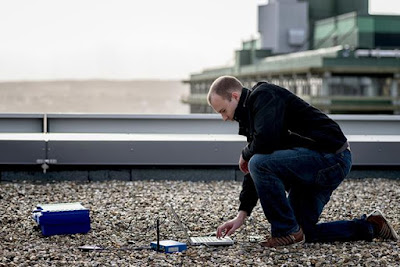Using tracking device for logistics information management system
The electronic tracker can be quickly given the position and velocity, but not to The target property of their geographical environment and spatial information associated with a description ,while the GIS is just to meet the requirements of this complementarily. Obviously, if only isolated the point of location information without geographic reference and other supporting information required, point position information on the application of logistics management is not very meaningful. With an electronic map(GIS technology) car, keep the city urban area map and save it up. It is accuracy and the amount of the information can be much higher than the printing of the urban traffic plan, but the car location achieved by drivers with the scene around by. Adding a portable GPS tracking, car location, driving direction, speed and other information can be displayed at any time in the electronic map.In short, using GPS and GIS technology in logistics information management system can use the G




